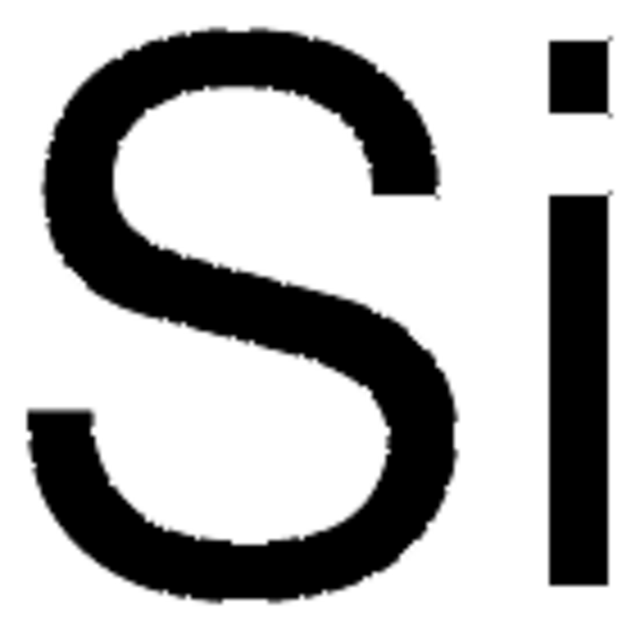Kluczowe dokumenty
647543
Silicon
wafer (single side polished), <111>, N-type, contains no dopant, diam. × thickness 3 in. × 0.5 mm
Synonim(y):
Silicon element
About This Item
Polecane produkty
Postać
crystalline (cubic (a = 5.4037))
wafer (single side polished)
Poziom jakości
nie zawiera
dopant
śr. × grubość
3 in. × 0.5 mm
tw
2355 °C (lit.)
mp
1410 °C (lit.)
gęstość
2.33 g/mL at 25 °C (lit.)
właściwości półprzewodników
<111>, N-type
ciąg SMILES
[Si]
InChI
1S/Si
Klucz InChI
XUIMIQQOPSSXEZ-UHFFFAOYSA-N
Szukasz podobnych produktów? Odwiedź Przewodnik dotyczący porównywania produktów
Właściwości fizyczne
Kod klasy składowania
13 - Non Combustible Solids
Klasa zagrożenia wodnego (WGK)
WGK 3
Temperatura zapłonu (°F)
Not applicable
Temperatura zapłonu (°C)
Not applicable
Środki ochrony indywidualnej
Eyeshields, Gloves, type N95 (US)
Wybierz jedną z najnowszych wersji:
Masz już ten produkt?
Dokumenty związane z niedawno zakupionymi produktami zostały zamieszczone w Bibliotece dokumentów.
Klienci oglądali również te produkty
Produkty
This article briefly reviews the methods and mechanisms for the formation of molecular monolayers on silicon surfaces, the properties of these monolayers and current perspectives regarding their application in molecular electronic and sensing applications.
Building and Engineering Micro/Nano Architectures of Single-Walled Carbon Nanotubes for Electronic Applications
Synthesis of Melting Gels Using Mono-Substituted and Di-Substituted Alkoxysiloxanes
Protokoły
Negative Photoresist Procedure
Nasz zespół naukowców ma doświadczenie we wszystkich obszarach badań, w tym w naukach przyrodniczych, materiałoznawstwie, syntezie chemicznej, chromatografii, analityce i wielu innych dziedzinach.
Skontaktuj się z zespołem ds. pomocy technicznej



